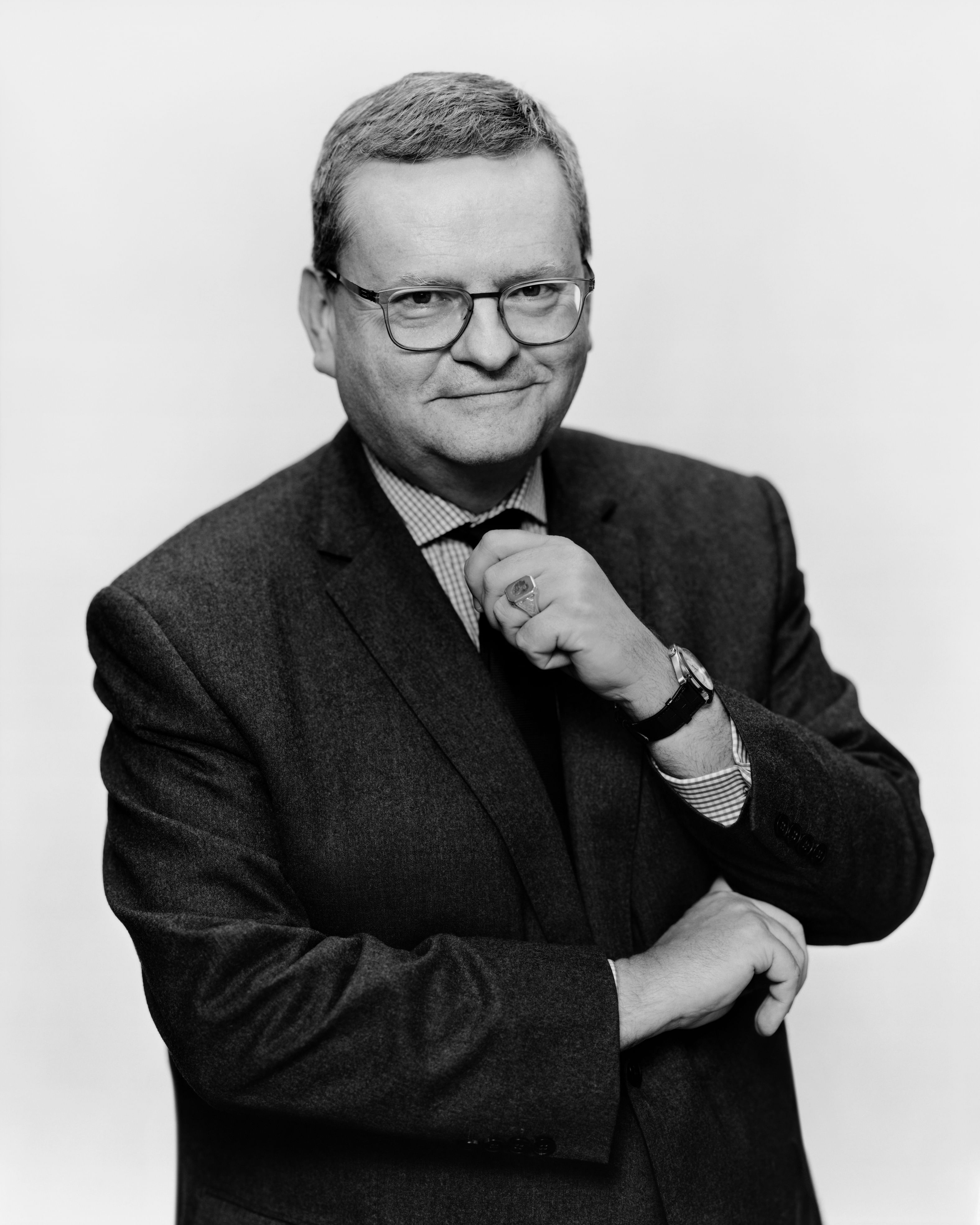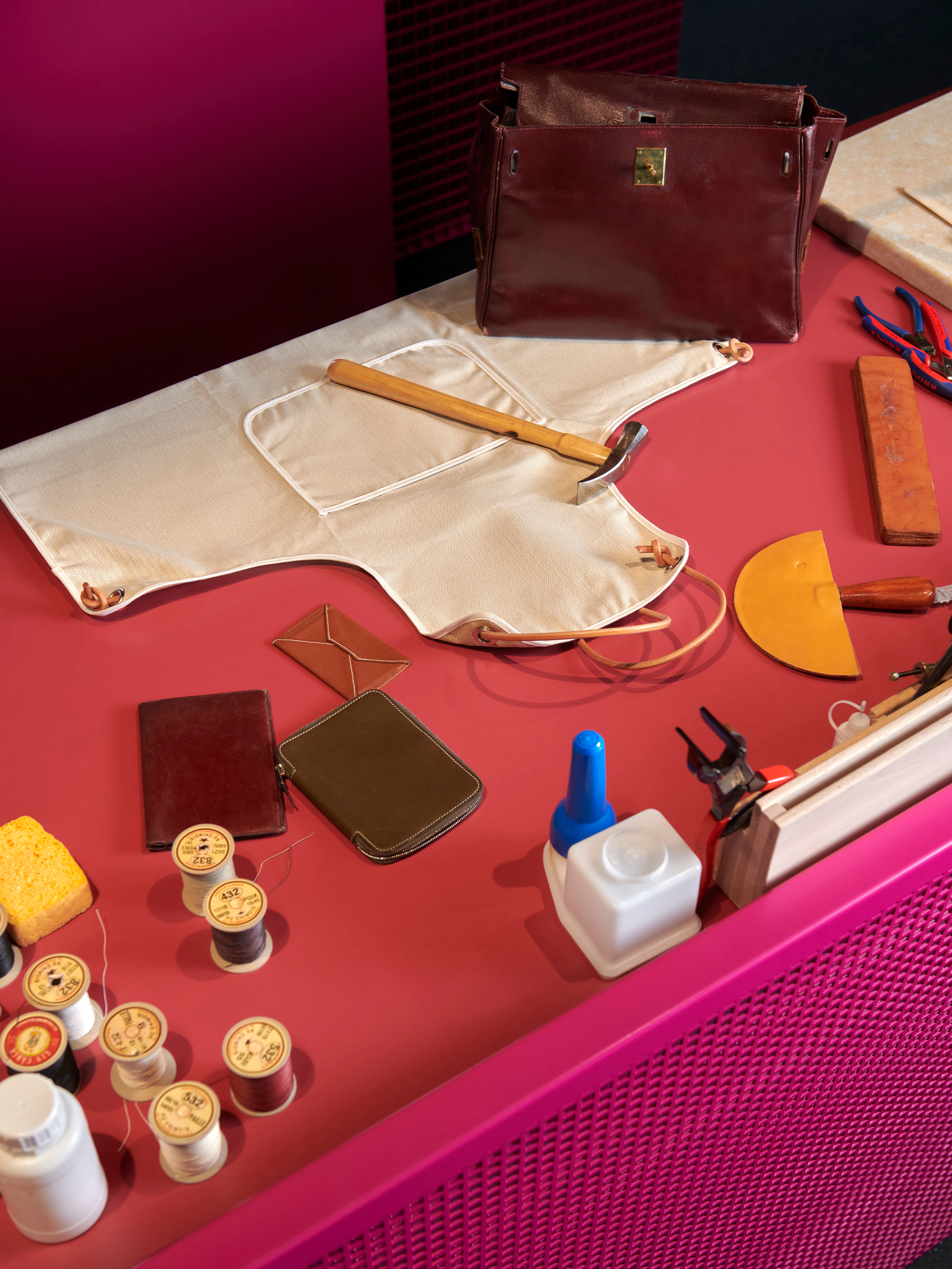SINGAPORE – In a world where eco has become a buzzword, Hermes is working to make sure sustainability is in the bag.
“Sustainability has been part of Hermes’ DNA since its inception in 1837 because of its craftsmanship model. About 60 per cent of the products are crafted in-house using materials provided by a network of long-term suppliers,” says Mr Olivier Fournier, executive vice-president for corporate development and social affairs. He adds that this has enabled the French maison to control the quality and durability of a product.
Clad in his trademark suit and dark-rimmed spectacles, Mr Fournier may look like a businessman, but he comes across more as an evangelist – not for religion but for sustainability. He was in town to talk about it at the Hermes In The Making exhibition earlier in October. But he seemed just as happy discussing the subject in private, during an interview with The Straits Times at the Hermes boutique in Marina Bay Sands.
According to a recent report by global management consulting firm McKinsey & Company, the fashion industry emits about the same quantity of greenhouse gases a year as the entire economies of France, Germany and the United Kingdom combined.
Fashion gets a bad reputation when it comes to sustainability and, over the past few years, industry watchdogs have been pushing companies to reduce their environmental impact in all parts of the supply chain.
Mr Fournier, who has been with Hermes since 1991, started in the finance department, rising to oversee the sustainable development department in 2015.
“I thought it was a lot of responsibility, but it is also a good opportunity to make progress,” he says.
During his time at Hermes, sustainability has morphed from something that is “nice to have” into a non-negotiable aspect of business.
“It became more evident in the past five or 10 years that we needed to have a precise strategy. The biggest challenge is to remain authentic. Otherwise, it’s all just lip service,” he says.

The company now offers repair and restoration services to ensure the longevity of its products as well as an upcycling department called Petit H, which takes excess materials to create one-off or limited pieces. Upcycling ensures the unwanted materials remain in circulation rather than in a landfill.
In addition, the maison has partnered with biotech company MycoWorks to produce a new animal-friendly leather alternative made from mushrooms. In late 2021, the company released its first bag – the Victoria bag – made using this new material. But Mr Fournier says it will not be the company’s last. The eco leather plays a part in the house’s ambitious plan to achieve net-zero emissions by 2050.
At the end of the day, however, he gives credit for Hermes’ sustainable development approach to the men and women toiling behind the scenes. The house employs more than 6,000 artisans in 16 fields, including a division devoted to ready-to-wear, jewellery, tableware and, of course, upcycling.

“When you transform the material with your hands, you learn how to be cautious and respectful because you realise how precious it is. That’s the basis for everything,” he says.
If a stroll through the Hermes In The Making exhibition has taught visitors anything, it is that the maison’s craftsmen come from all age groups and professional backgrounds.
“They could be philosophy professors or hairdressers. We test their ability to work with their hands, and they will receive 18 months of training if they qualify. Once completed, they will go into apprenticeship with an older craftsman,” Mr Fournier says, noting that the craftsmen will receive a government-recognised degree at the end of their training.

Mr Fournier is also president of Fondation d’entreprise Hermes, the company’s philanthropic arm. His eyes visibly light up at the mention of Manufacto and Manuterra, the foundation’s educational programmes in France. In Manufacto, craftsmen introduce schoolchildren to artisan skills and help them create an everyday object. Manuterra takes them outdoors and introduces them to sustainable gardening, which uses less water and no chemicals.
“Today, people are obsessed with technology. Sometimes, it’s good to return to the real world,” says Mr Fournier.
He adds: “Everything starts with education. It’s important to educate the younger generation about the fantastic things they can do with their hands to contribute to building a sustainable future, otherwise the future is lost.”


